- Online car hire since 2005
Car hire United States
Save time and money. We compare the offers of car rental companies in United States on your behalf.
- Free cancellation Up to 48 hours prior to the scheduled pick up time
- Best price guarantee Have you found a better price? Let us know and we will make you a better offer.
- 24000+ pick-up locations Locations around the world
Car hire United States
EasyTerra Car Hire United States is an independent car hire comparison site. Our system compares prices from well-known car hire companies so as a customer you can always book your hire car through us at a competitive rate.
Car rental offers in United States
Whether you're looking for a small rental car or a station wagon for the entire family, we will always have a suitable vehicle for the lowest price. Below are some examples from our selection in United States.
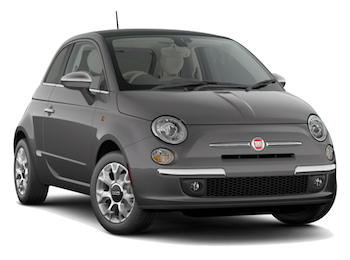
-
Easirent From£ 12 /day -
Green Motion From£ 18 /day
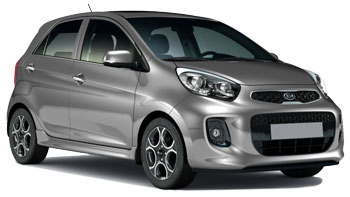
-
Dollar Rent a Car From£ 13 /day

-
Dollar Rent a Car From£ 16 /day
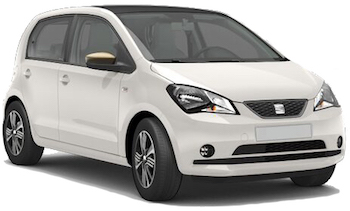
-
Dollar Rent a Car From£ 16 /day

-
Dollar Rent a Car From£ 19 /day
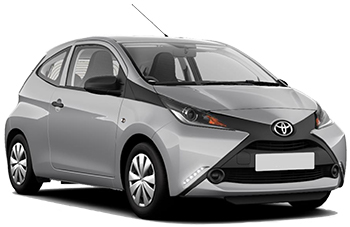
-
Green Motion From£ 19 /day
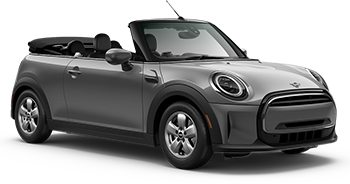
-
Sixt From£ 33 /day
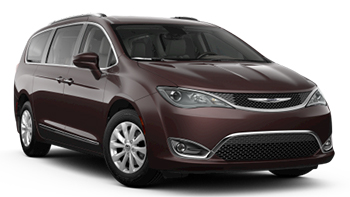
-
Green Motion From£ 23 /day -
Sixt From£ 44 /day -
Budget From£ 46 /day
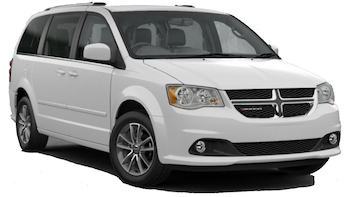
-
Fox Rent A Car From£ 27 /day
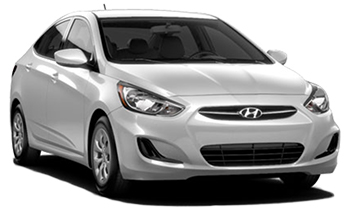
-
Green Motion From£ 5 /day -
Mex Rent a Car From£ 15 /day -
ACE Rent A Car From£ 23 /day
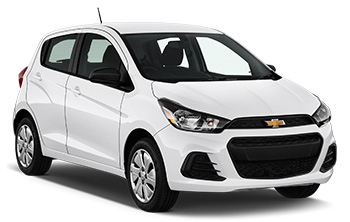
-
ACE Rent A Car From£ 8 /day -
NÜ Car Rentals From£ 9 /day -
Autounion Car Rental From£ 14 /day
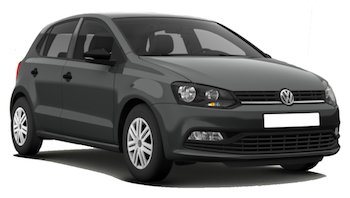
-
Dollar Rent a Car From£ 18 /day
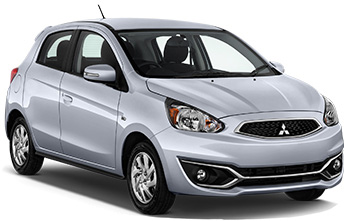
-
Fox Rent A Car From£ 9 /day -
Europcar From£ 12 /day -
Enterprise From£ 29 /day
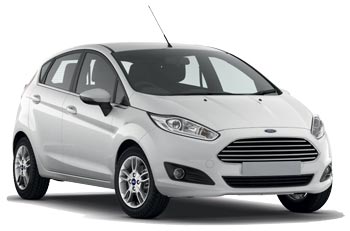
-
Zezgo From£ 9 /day -
Right Cars From£ 10 /day -
Autounion Car Rental From£ 14 /day

-
Budget From£ 18 /day -
Avis From£ 27 /day -
Sixt From£ 41 /day
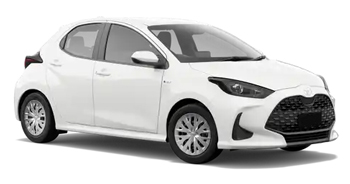
-
ACE Rent A Car From£ 11 /day -
Easirent From£ 13 /day -
Autounion Car Rental From£ 14 /day
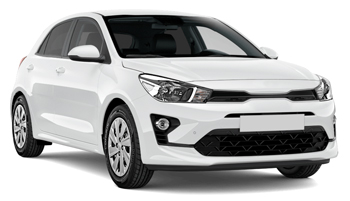
-
wheego From£ 14 /day -
Budget From£ 26 /day -
Avis From£ 28 /day

-
Budget From£ 19 /day -
Dollar Rent a Car From£ 21 /day -
Thrifty From£ 24 /day
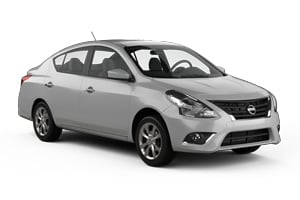
-
Green Motion From£ 8 /day -
Right Cars From£ 8 /day -
Zezgo From£ 9 /day
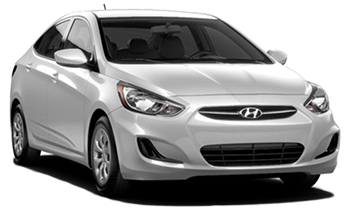
-
NÜ Car Rentals From£ 9 /day -
Green Motion From£ 9 /day -
Dollar Rent a Car From£ 25 /day

-
Budget From£ 18 /day -
Avis From£ 27 /day
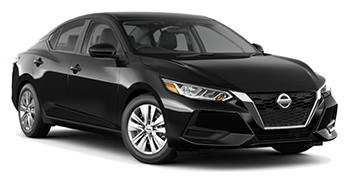
-
Green Motion From£ 10 /day -
Fox Rent A Car From£ 12 /day -
Easirent From£ 14 /day
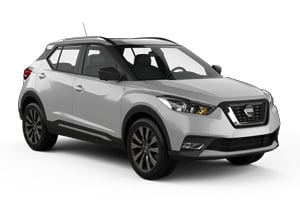
-
Zezgo From£ 11 /day -
NÜ Car Rentals From£ 11 /day -
ACE Rent A Car From£ 14 /day
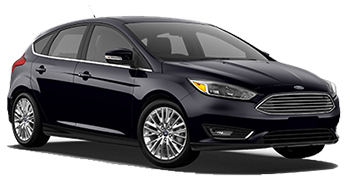
-
Budget From£ 20 /day -
Thrifty From£ 21 /day -
Avis From£ 35 /day

-
ACE Rent A Car From£ 11 /day -
Economy Rent a Car From£ 19 /day -
Budget From£ 20 /day
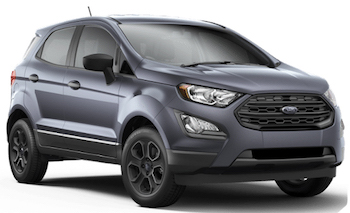
-
Fox Rent A Car From£ 12 /day -
Europcar From£ 16 /day
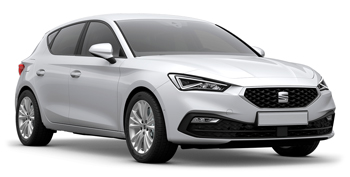
-
Dollar Rent a Car From£ 20 /day
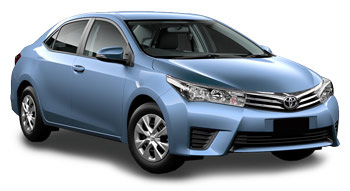
-
Right Cars From£ 7 /day -
Fox Rent A Car From£ 12 /day -
Routes From£ 13 /day
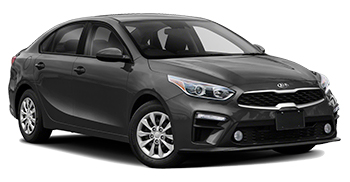
-
NÜ Car Rentals From£ 10 /day -
Autounion Car Rental From£ 16 /day -
Routes From£ 30 /day
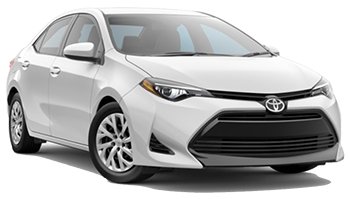
-
Budget From£ 19 /day -
Dollar Rent a Car From£ 21 /day -
Thrifty From£ 21 /day
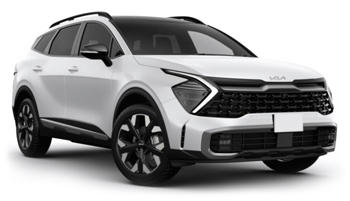
-
Green Motion From£ 11 /day -
Fox Rent A Car From£ 14 /day -
Mex Rent a Car From£ 19 /day
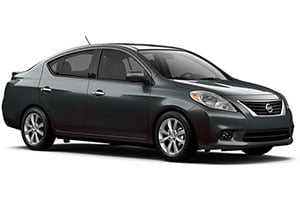
-
Green Motion From£ 13 /day
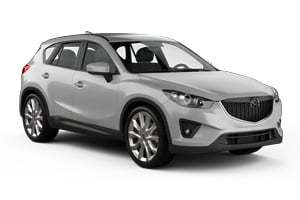
-
Budget From£ 19 /day
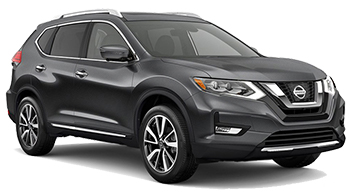
-
Routes From£ 14 /day -
NÜ Car Rentals From£ 17 /day -
ACE Rent A Car From£ 30 /day

-
Green Motion From£ 14 /day -
ACE Rent A Car From£ 24 /day -
Enterprise From£ 30 /day
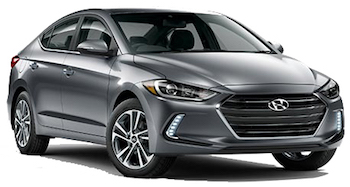
-
Budget From£ 20 /day -
Thrifty From£ 24 /day -
Alamo From£ 31 /day
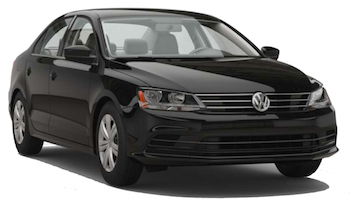
-
Right Cars From£ 9 /day -
Fox Rent A Car From£ 16 /day -
ACE Rent A Car From£ 24 /day

-
Fox Rent A Car From£ 14 /day -
wheego From£ 15 /day -
Easirent From£ 18 /day

-
Thrifty From£ 22 /day -
Budget From£ 24 /day -
Dollar Rent a Car From£ 25 /day
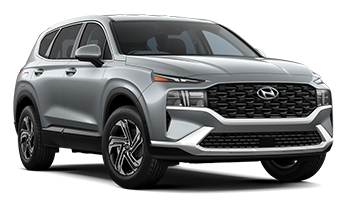
-
Easirent From£ 15 /day -
Fox Rent A Car From£ 15 /day -
Europcar From£ 20 /day
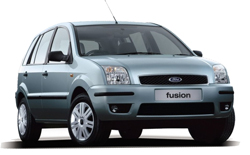
-
Fox Rent A Car From£ 15 /day -
National Car Rental From£ 38 /day -
Green Motion From£ 49 /day
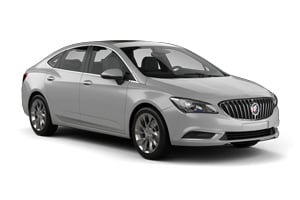
-
Budget From£ 26 /day -
Hertz From£ 28 /day -
Avis From£ 43 /day
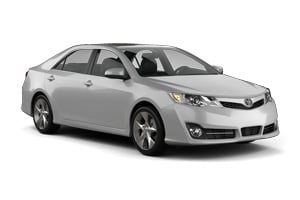
-
Routes From£ 15 /day -
Mex Rent a Car From£ 17 /day -
Green Motion From£ 18 /day
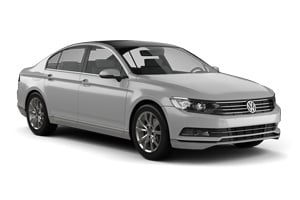
-
Green Motion From£ 18 /day
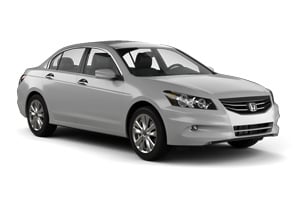
-
Global Rent a Car From£ 27 /day
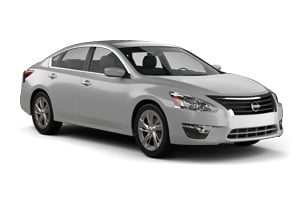
-
NÜ Car Rentals From£ 14 /day -
Easirent From£ 16 /day -
Green Motion From£ 21 /day
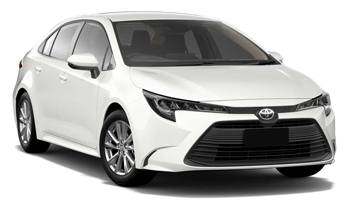
-
Fox Rent A Car From£ 15 /day -
Routes From£ 16 /day -
Zezgo From£ 21 /day
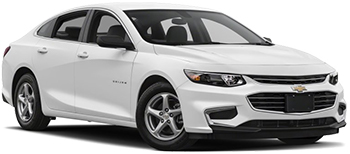
-
Budget From£ 25 /day -
Thrifty From£ 28 /day -
Dollar Rent a Car From£ 28 /day

-
Fox Rent A Car From£ 16 /day -
Hertz From£ 53 /day
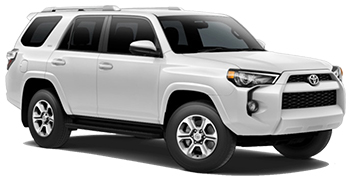
-
Fox Rent A Car From£ 16 /day -
Europcar From£ 24 /day

-
Budget From£ 26 /day -
Avis From£ 27 /day -
Global Rent a Car From£ 28 /day

-
Fox Rent A Car From£ 16 /day
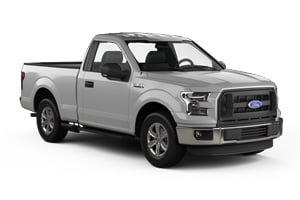
-
Routes From£ 17 /day
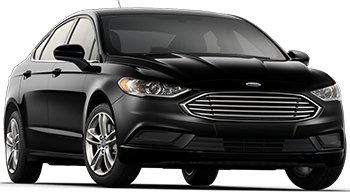
-
Budget From£ 27 /day -
Thrifty From£ 28 /day -
Alamo From£ 34 /day
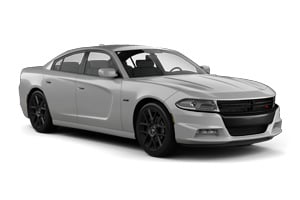
-
Fox Rent A Car From£ 15 /day -
NÜ Car Rentals From£ 18 /day -
ACE Rent A Car From£ 30 /day

-
Routes From£ 15 /day -
Thrifty From£ 28 /day -
Dollar Rent a Car From£ 32 /day
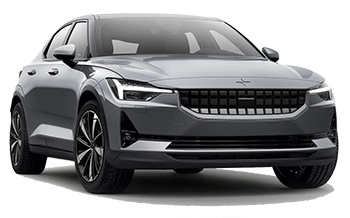
-
Hertz From£ 27 /day
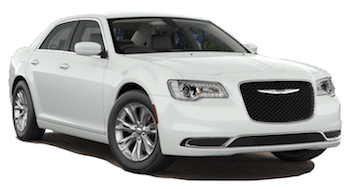
-
Fox Rent A Car From£ 18 /day -
Thrifty From£ 30 /day -
Dollar Rent a Car From£ 34 /day
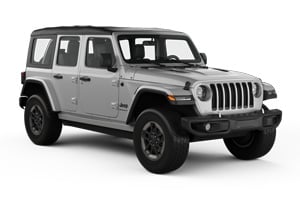
-
Fox Rent A Car From£ 20 /day -
Europcar From£ 36 /day -
Easirent From£ 72 /day

-
Thrifty From£ 28 /day -
Hertz From£ 29 /day -
Dollar Rent a Car From£ 31 /day

-
ACE Rent A Car From£ 23 /day -
Zezgo From£ 39 /day -
Enterprise From£ 40 /day
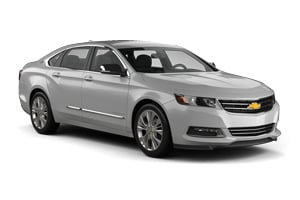
-
Thrifty From£ 28 /day -
Dollar Rent a Car From£ 31 /day -
Hertz From£ 32 /day

-
Thrifty From£ 28 /day -
Dollar Rent a Car From£ 31 /day -
Hertz From£ 32 /day
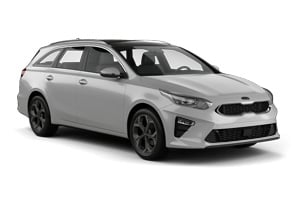
-
Green Motion From£ 26 /day
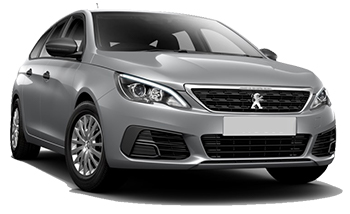
-
Green Motion From£ 27 /day
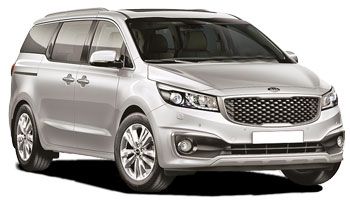
-
Routes From£ 22 /day
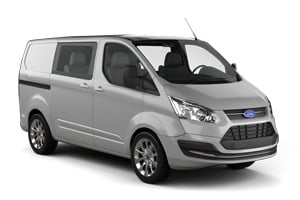
-
Global Rent a Car From£ 29 /day -
NÜ Car Rentals From£ 39 /day -
Green Motion From£ 46 /day
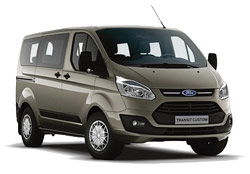
-
Enterprise From£ 47 /day -
Alamo From£ 50 /day -
National Car Rental From£ 55 /day
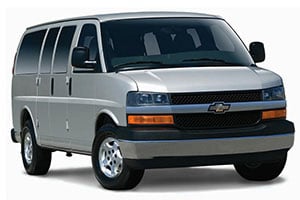
-
Thrifty From£ 70 /day -
Dollar Rent a Car From£ 70 /day

-
Dollar Rent a Car From£ 77 /day -
Thrifty From£ 77 /day
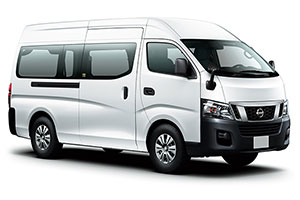
-
Easirent From£ 94 /day
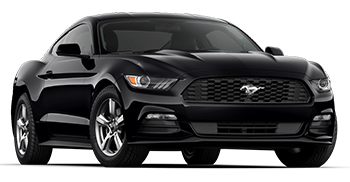
-
Green Motion From£ 33 /day -
Dollar Rent a Car From£ 37 /day -
Easirent From£ 38 /day

-
Dollar Rent a Car From£ 33 /day -
Budget From£ 33 /day -
Thrifty From£ 38 /day
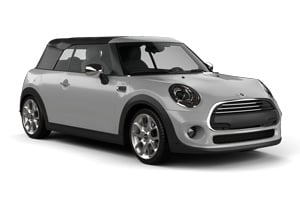
-
Sixt From£ 33 /day -
ACE Rent A Car From£ 138 /day

-
Sixt From£ 33 /day
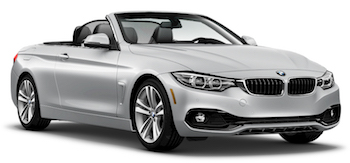
-
Sixt From£ 38 /day -
National Car Rental From£ 75 /day -
Enterprise From£ 75 /day
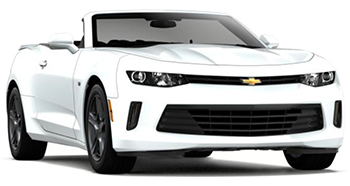
-
Thrifty From£ 38 /day

-
Thrifty From£ 41 /day -
Dollar Rent a Car From£ 44 /day -
Fox Rent A Car From£ 107 /day

-
Sixt From£ 38 /day -
National Car Rental From£ 75 /day -
Enterprise From£ 76 /day
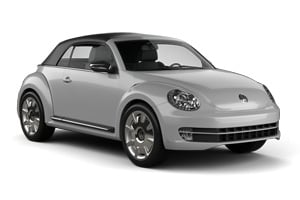
-
Payless Car Rental From£ 51 /day -
Easirent From£ 77 /day

-
Zezgo From£ 11 /day -
NÜ Car Rentals From£ 11 /day -
ACE Rent A Car From£ 14 /day

-
Green Motion From£ 11 /day -
Fox Rent A Car From£ 14 /day -
Routes From£ 15 /day

-
Budget From£ 19 /day -
Dollar Rent a Car From£ 52 /day

-
Fox Rent A Car From£ 12 /day -
Europcar From£ 16 /day

-
Routes From£ 14 /day -
wheego From£ 16 /day -
NÜ Car Rentals From£ 17 /day
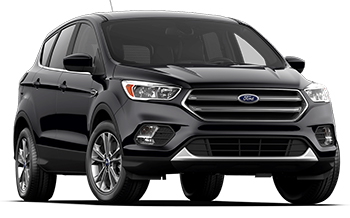
-
Budget From£ 22 /day -
Thrifty From£ 26 /day -
Hertz From£ 30 /day
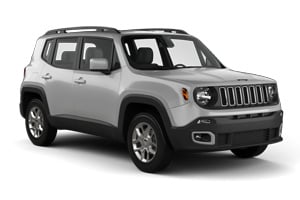
-
ACE Rent A Car From£ 14 /day -
Dollar Rent a Car From£ 24 /day -
Enterprise From£ 29 /day

-
Easirent From£ 15 /day -
Thrifty From£ 24 /day -
Dollar Rent a Car From£ 25 /day

-
Dollar Rent a Car From£ 23 /day -
Thrifty From£ 23 /day -
Hertz From£ 28 /day
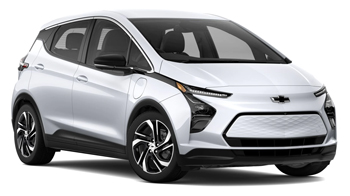
-
Dollar Rent a Car From£ 24 /day -
Thrifty From£ 28 /day -
Hertz From£ 30 /day
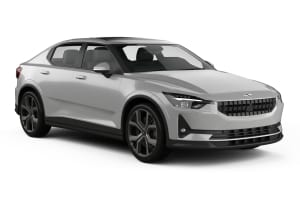
-
Hertz From£ 22 /day -
Dollar Rent a Car From£ 29 /day -
Thrifty From£ 30 /day

-
Hertz From£ 25 /day -
Dollar Rent a Car From£ 29 /day -
Thrifty From£ 29 /day

-
Thrifty From£ 25 /day -
Dollar Rent a Car From£ 25 /day -
Hertz From£ 30 /day
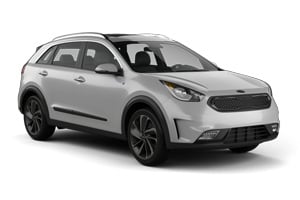
-
Dollar Rent a Car From£ 26 /day -
Thrifty From£ 31 /day -
Hertz From£ 45 /day

-
Thrifty From£ 26 /day -
Dollar Rent a Car From£ 29 /day -
Hertz From£ 30 /day
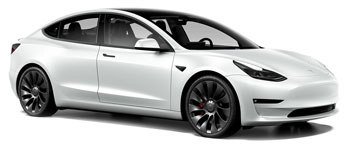
-
Hertz From£ 27 /day

-
Thrifty From£ 28 /day -
Dollar Rent a Car From£ 31 /day -
Hertz From£ 41 /day
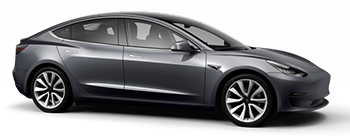
-
Hertz From£ 35 /day -
Easirent From£ 80 /day -
ACE Rent A Car From£ 214 /day
Popular cities in United States
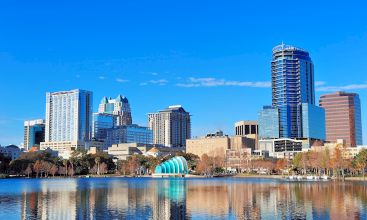
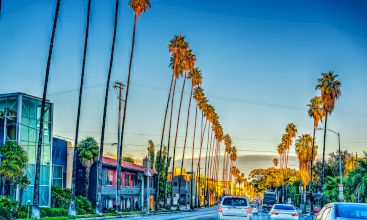
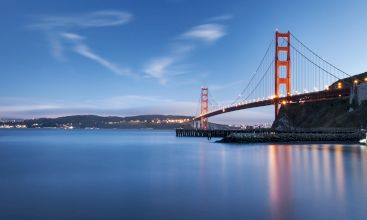
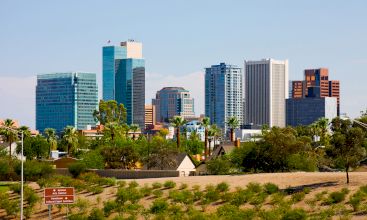
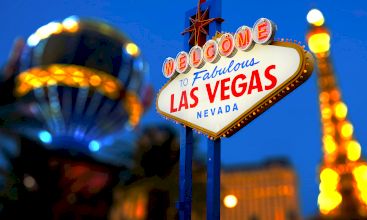
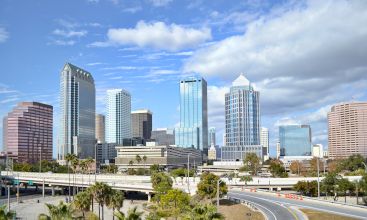
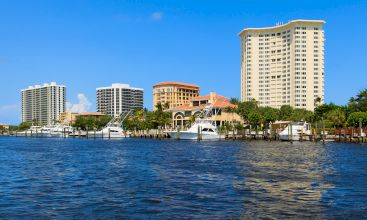
Popular rental locations in United States
-
Car hire Orlando International AirportFrom
£ 7 /day -
Car hire Los Angeles International AirportFrom
£ 9 /day -
Car hire San Francisco AirportFrom
£ 16 /day -
Car hire Phoenix International AirportFrom
£ 22 /day -
Car hire Tampa AirportFrom
£ 14 /day -
Car hire Fort Lauderdale International AirportFrom
£ 8 /day -
Car hire Denver AirportFrom
£ 8 /day -
Car hire Miami International AirportFrom
£ 5 /day
Useful tips for a well-prepared trip
Which insurance should I choose, and what's the deal with the deposit? Read our articles with useful information and tips to ensure you choose the right rental car for you.
When to book a rental car in United States
Car rental locations in United States
EasyTerra Car Hire compares rental car prices at the following destinations
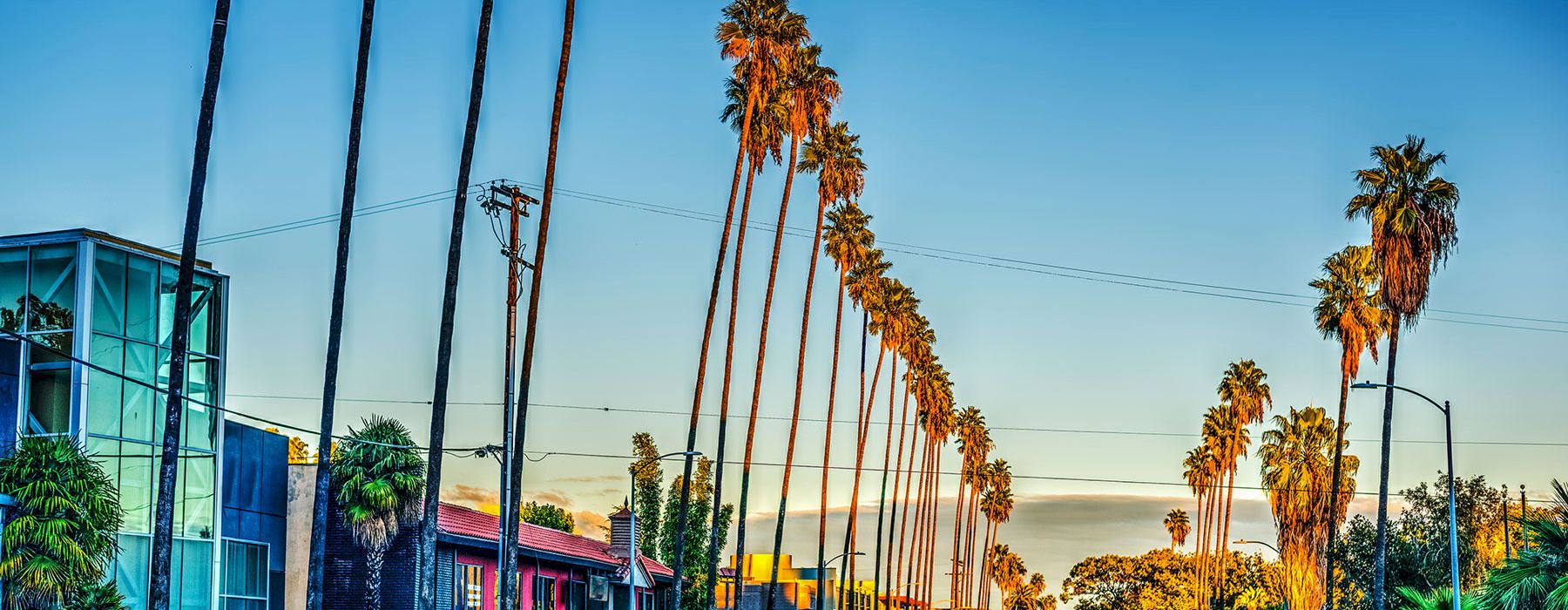
Location information for United States
United States is best explored by rental car. EasyTerra Car Hire has over 1850 pick-up locations in United States. This means there is always a pick-up location close to your destination.
Most popular car hire locations in United States
Introduction
The United States is a large country in North America and consists of fifty different states. The country is internationally seen as meaningful in the cultural, political and economical fields. Not only is the population diverse, but the landscape and climate varies greatly. From dry deserts and cold polar regions to tropical beaches; you find everything in the U.S. The United States is a developed country and thanks to the great diversity, there is something to do and see for all.
History
Ten thousand years ago various tribes lived in the United States. They originated from Asia and were called Indians by European explorers. They were spread out through the country. The Indians lived mainly off fishing and hunting.
Christopher Columbus is known as the discoverer of the United States (in 1492). This is not correct, since the Vikings entered the country four hundred years before (around the year 1000). After the rediscovery by Columbus small colonies were developed. The Europeans hoped to find gold in America. During the fifteenth, sixteenth and seventeenth centuries the Spaniards occupied the southwest and Florida. The first successful English settlement was Jamestown, Virginia, in 1607. In 1624 the Dutch also established a colony. New Netherlands (New Amsterdam was a fortified settlement in the colony). Forty years later they had to hand it over to the English. New Amsterdam has been known as New York ever since.
The colonial period was marked by clashes between the settlers (mainly English) and the original inhabitants of the country. By the developments in the settlements during the colonial period there was a shortage of labor. This was a reason for the establishment of slavery. There were many Africans working as slaves for the colonists.
After the French and Indian War the settlers defeated the French in Canada in 1763. The war resulted to a financial shortfall, and the English demanded more tax. The colonies were reluctant to do this, and the independence war began. The colonies won, declared their independence in 1776 and formed the United States. Great Britain only withdrew from the United States in 1783. In 1787 the country acquired its first constitution in which human rights were committed. In 1789 the American constitution lifted further off the ground. A Congress was formed (consisting of the House of Representatives and Senate) and the country appointed its first president: George Washington.
The following era was dominated by enlargement. This resulted in a war with Mexico and the Indians. America conquered large parts of Mexico. The north of America was industrialized whilst people in the south lived off cotton plantations. Large groups of black slaves worked on these plantations. This difference created tension between the north and south. The northern residents wanted nothing to do with the slavery. When Abraham Lincoln (who was against slavery) became president, eleven southern states were separated from the United States. In 1861 the American Civil War broke out. The south (with 9 million inhabitants) had no chance against the richer and more modern north (with 23 million inhabitants). Many Americans died, but the county remained united, and slavery was abolished. The African American population didn′t have equal rights, and often stayed with their original masters. This part of the nation was economically, socially and politically disadvantaged. The natives also had a rough time. The Indians were placed in small reserves, and the white farmers took over their country.
After the American Civil War the country had a very strong army. Also at sea the U.S. was mighty. During the eighteenth century the United States spread to the west. More states were continuously added to the country. The population of the U.S. grew enormously. Several anti-immigration laws were drafted. An example is the Chinese Exclusion Act (1882). This law made it impossible for the Chinese to emigrate to the U.S.
Only during World War I could America extend its influence to Europe. The country helped the allied troops from 1917. During this time the communist regime grew in Russia. This lead to panic amongst the Americans and the country began to isolate itself. In 1920 production, sales, import and export of alcohol was prohibited. The prohibition led to chaos. In addition, wages fell, whilst profits continued to grow. In 1929 the stock on Wall Street collapsed and there were talks of an economical crisis.
The start of World War II marked the end of the depression. The war created employment. After an attack on Japan in Pearl Harbor in Hawaii, the U.S. could no longer remain neutral. The U.S. fought on all fronts and had a major impact on the victory of the allies.
The post war years were marked by the Cold War (1947-1991) between the Soviet Union and the U.S. There was a truce between the capitalist west (led by the U.S.) and the communist east block (led by the Soviet Union). Both countries were in possession of a vast nuclear arsenal. Tension rose, but nuclear bombs were not used.
The U.S. fought during the Cold War in Vietnam. The U.S. supported South Vietnam while North Vietnam was communist. The Vietnam War led to major restlessness in the U.S. This concern was expressed in uprisings by women, minorities and young people. The black population, led by Martin Luther King, wanted equal rights. The rebellion bore some fruit: in 1964 a law was created that ended racial segregation. Many people died during the Vietnam War. In 1973 the U.S. forced itself to retreat, leaving the poorly trained army in South Vietnam to its fate.
In 1980 Ronald Reagan became president. He was anti communist and acted decisively against the Soviet Union. When Gorbatsjov came into power, there were talks between the two leaders ensuring that arms control agreements were concluded. In 1988 George Bush came into power. A year later he and Gorbatsjov formally ended the Cold War. The Soviet Union fell apart, so that the U.S. lost its greatest opponent.
In 1992 Bill Clinton came into office. During his reign, the economy of the U.S. grew. Eight years later George W. Bush became president. The new millennium began with an attack on the World Trade Center in New York. Bush announced a war against terrorism and the American army banished the Taliban from Afghanistan. In 2003 the U.S. Army entered Iraq. The United Nations believed that Iraq had weapons of mass destruction, and supported the U.S. The army has shown many victories, and also knew how to catch the leader Saddam Hussein. Currently, the U.S. Army is still not withdrawn from Iraq.
Society and culture
The total population of the U.S. consists momentarily of more than 300 million inhabitants. Only India and China have more inhabitants. Ethnically, the U.S. is a very diverse country. More than thirty ethnical groups live there, consisting of at least one million people. A large proportion of the total population is of European descent. They are mostly from Germany, Ireland, Great Britain, Italy, Scandinavia and Slavic countries. The number of Americans with a European background is decreasing (relatively). Through mass immigration, there are many inhabitants from Asia, Africa and Latin America. The original inhabitants of America, such as the Indians and the Inuit, represent only one percent of the population.
Residents of the United States live unevenly spread over the country. Alaska and the western areas have the least inhabitants. In contrast, the population density in the east is very high. Approximately three quarters of the population live in or around a city. There are no less than 175 cities in the U.S. with more than 100,000 people.
About 80% of Americans are Christian. Of these, more than half is Protestant and about 26% is Roman Catholic. A small percentage of the American population is Jewish or Islamic. Furthermore, about 1% of all inhabitants represent Hinduism or Buddhism. The country also has some ‘black’ churches, such as the ‘National Baptist Convention’ and the ‘African Methodist Episcopal Church’. The Indians have their own religion.
The U.S. has no official language. About 97% of Americans speak English well or at high level. The major difference between English and American English is the variation of pronunciation. There are also words where the meanings differ. There are large groups that speak other languages. Especially in the south western states many inhabitants speak Spanish. Chinese is also widely spoken. A small and declining percentage speak the language of the original inhabitants.
The American culture is very diverse and has a great influence on western society. Throughout the world U.S. fast food chains are found (e.g. McDonald′s). The soft drink Coca Cola is also drunk worldwide. Many types of music found its origin in America, such as blues and jazz. American films and television programs can be seen everywhere, everyone knows the Statue of Liberty, and American sports (such as baseball and basketball) are played in many countries.
Political situation
The U.S. is a constitutional republic. The ratio between the power of the Federation and the Federal States is legislated. Also the separate relationships between the legislative, executive and judiciary power are regulated by law. The judiciary power lies within the hands of the Congress. This consists of the House of Representatives and the Senate. Each state elects two members of the Senate. Every two years there is a re-election for a third of the Senate. Senators are elected for six years. The vice president is the chairman of the Senate. The House of Representatives consists of 435 members elected for two years. Every state is represented in the House of Representatives. The distribution is based on the population density of a state.
The Congress is headed by the president. The president has executive power in his own hands. The president is elected by the people for an indirect period of four years. They vote for a college of 538 electors from all states and the District of Columbia. The winner in a state gets all the electors who then vote for the candidate with the most votes. The president has a lot of power. He can vote against a law approved by the Congress. The judicial power lies with the Supreme Court. The country is divided into federal districts which has federal banks. The Supreme Court is the highest court of the United States. Its most important job is the interpretation and enforcing of the constitution.
Foreign policy, defense, currency management, trade management, the relationship between the 51 states and the protection of human rights are enshrined in the constitution from the federal government. In practice, the federal government is also active in welfare and education. Officially the latter tasks belong between the states themselves.
A far reaching military and economical power is a characteristic of the United States. The American foreign relations are also often a major topic in international politics. Reactions to its policies are often vigorous and the government receives fierce criticism. The American citizens are often in rebellion against the Congressional decisions. However, the U.S. can often rely on international support. Especially Great Britain, Australia, Japan and Poland are close allies.
George Walker Bush was the previous president of the U.S. President Bush was a member of the Republican Party. In both 2000 and 2004 Bush defeated his democratic opponent. The Republican Party and the Democratic Party have been the major political parties since the mid nineteenth century.
Bush was known for his aggressive international policy. His choices often provide much criticism. Under leadership of President Bush, the Americans claimed war against both Afghanistan and Iraq. His second term was dominated by international terrorism. After the attack on the WTC in New York, Bush declared war on terrorism. The domestic policy of Bush is characterized by tax cuts and a measure to improve the situation of the elderly and sick.
Economy
Economically, the U.S. is the largest country in the world. The country has a market oriented economy and is the largest consumer of energy in the world. The influence from the government on the economy is limited. The main sector is the service sector. About three quarters of the population is employed in this sector. America is rich in natural resources such as coal, oil, gas, metals and minerals. Agriculture is also of great importance for the economy. America is the largest manufacturer of corn, soybeans, rice and wheat. Besides these agricultural products, many other products are also exported. The manufacturing sector of America consists mainly of the producing of automobiles, airplanes, steel and electronic devices. Finally, tourism is also a major source of income. In 2003 the U.S. was, before France and Spain, the country most visited by tourists. The most tourists are from Canada.
Canada, China, Mexico, Japan and Great Britain are the major trading partners of the U.S. The trading relationship between Canada and the U.S. is largest in the world measured by the value that crosses the border daily.
The economical activity varies in parts of the U.S. New York City is the financial center, Los Angeles is important for film and television production and the Midwest is known for its heavy industry. Approximately thirty percent of the U.S. consists of forest areas. These forests not only deliver timber, but are also used for recreation, nature conservation and food supply. Fishing provides a small contribution to the economy. For this, the Pacific Ocean and the Gulf of Mexico are particularly important. In Texas you can find the petrochemical center, and the economy of the southeast runs especially on medical research and the textile industry.
America has no elaborate social system. A reasonable amount of people (in western terms) live below the poverty line. There is a large financial inequality. The trade deficit is subject to many (inter)national criticism and makes many American politicians worry. Yet the American economy keeps growing and it can be said that the United States has a world dominating economy.
Geography and climate
The United States has the largest population in the world after two countries (India and China). Regarding the size of the country, the U.S., with an area of 9,809,155 km², is in fourth place, behind China, Russia and Canada. With wetlands included, the U.S. is larger than China. The country is a North American federation and includes 50 states and the District of Columbia.
The U.S. borders Canada (in the north) and Mexico (south). In the east the country borders the Atlantic Ocean, in the west the Pacific Ocean and in the southeast the Gulf of Mexico. Alaska, one of the two states that doesn′t lie next to another state, borders the Pacific Ocean, the Bering Strait and the Arctic Ocean. Hawaii also does not lie against other states; this state lies amidst the Pacific Ocean. The total coastline of the U.S. is nearly 20,000 km.
The capital of the U.S. is Washington. The White House is located there (the presidential residence). Washington is the political center of the country. New York is the largest city of the United States, and also the economical center. It is one of the most important cities in the world. Other major cities of the U.S. include Houston, Philadelphia and Phoenix. The largest state of the U.S. is Alaska. It is also the most sparsely populated state. The smallest state is Rhode Island. California has the highest population and Wyoming has the smallest population.
The highest point in the U.S. is Mount McKinley. This mountain is no less than 6194 meters high. The landscapes of America are very diverse. The east consists mainly of rolling hills and woods. Appalachia forms a low mountain range in the east. The five Great Lakes lie in the central north. The southeast consists mainly of subtropical forests and mangrove, particularly in Florida. The Ohio and Tennessee valleys lie west of the Appalachia. These valleys consist of rolling hills and fertile soil. The Rocky Mountains cover much of western America. Between the high mountains and the rocky mountains of the Cascades and the Sierra Nevada lies a desert area. The southern part of this is known as the Great Basin. The southwest of the country consists mainly of desert areas. The Grand Canyon, amongst others, lies here. The west coast consists largely of mountainous area.
Like the landscape, the climate of the U.S. varies. Northeast of the country a humid climate dominates. Much snow falls in the winter, while in the summer the temperature can rise to nearly forty degrees Celsius. The Midwest has a continental climate with hot summers and cold winters. The southern states have less severe winters than the Midwestern states. These states have the most sunshine. Some states, such as Hawaii and Florida, even have a tropical climate. A cool climate dominates the north of the country. Both the winters and the summers are colder with more precipitation. In the north west, the sun shines the least. There is much rain, and the summers and winters are not as different as in the rest of the country. Furthermore, the north coast and interior of Alaska has a polar climate. The plains west of the Mississippi River consist of semi desert areas. The Great Basin, in the southwest, consists of desert. There is very little rain.
The U.S. has extreme weather conditions. The country is regularly hit by hurricanes. These occur primarily in the southeast. The hurricanes threaten especially the coastlines. Earthquakes and tornadoes also often cause major problems. In addition, the heat is sometimes threatening for the health of the Americans. Moreover, it speeds up the arising of forest fires.
Traffic and infrastructure
America has an efficient and well maintained road network. There are many freeways in the country. These connect states, cities and rural areas. America is the land of the automobile. Car ownership amongst Americans is extremely high. Each state has its own laws regarding traffic. The rules do not differ much from each other, but you should still be cautious when renting a car. Speed limits are indicated in miles. In most states you are eligible to drive from the age of sixteen. Sometimes the age is eighteen. In most states it′s compulsory to drive with a seatbelt when sitting at the front. There are also states where you are required to wear a seatbelt in the back.
You can also choose to explore the country by train. The railway network is underdeveloped compared to Europe; it′s not as common to travel by train as in Europe. There is a transcontinental railway network. This is mainly used to transport cargo between the lower 48 states. Passenger services are commanded by ‘Amtrak’ amongst others. The U.S. has no high speed trains. Many large American cities do have an underground subway’. New York City has the most extensive network of subways and underground trains.
Travelling by bus is the cheapest way to travel in the U.S. and many people take advantage of this. Greyhound Bus Company offers the only transcontinental services in the U.S.
The most popular way to travel long distances, is flying. Given the vast distances that has to be covered in the country, there is much flying. Travelling to and from the U.S., is of course by plane. The country is well geared to the amount of people using aviation. Major airports are O' Hare International Airport, Los Angeles International Airport, Dallas-Fort Worth International Airport, John F. Kennedy International Airport (in New York City), San Francisco International Airport, Denver International Airport, Miami International Airport and Orlando International Airport.
Mexico has the largest inland port. The major seaports of the U.S. lie in the following cities: Houston, Los Angeles, San Francisco, New Orleans, New York, Baltimore and Newport. Waterways are often used for freight transport but also for passengers transport.
Time zone
The adjoining states of the U.S. are divided into four time zones. From east to west is the Eastern (GMT -5), Central (GMT -6), Mountain (GMT -7) and Pacific (GMT -8). Alaska falls in the time zone GMT -9 and Hawaii have a time zone of GMT -10. Except for Arizona and Hawaii, people in all states have a summer time.
Food and drinks
In the U.S. people like a hearty breakfast. American breakfasts are usually with scrambled eggs, bacon, bagels or waffles (pancakes) with syrup. Many Americans eat much and unhealthy, making the country suffer from obesity. Americans are meat lovers and like an extended barbeque. The U.S. is also known for the large amounts of fast food chains. McDonalds, Burger King and Kentucky Fried Chicken are widespread. Americans eat many hamburgers and are known to be true cola drinkers. Besides fast food restaurants you can of course find plenty of other restaurants in the U.S. The cuisine is influenced by all the different cultures that live in the country. This allows you plenty of foreign food, such as Chinese, Mexican and Italian. The portions are always very large. It′s customary to tip in restaurants. The service receives very little salary. For a good service 15 to 20 percent gratuity is often given.
To be able to visit a bar, you should be at least eighteen and carry a valid ID with you. The rules regarding alcohol use are strict. For buying and drinking alcohol the minimum age is 21 years. Drinking in public or having alcohol bottles in the car (except in the trunk) is not allowed.
Accommodation
Hotels are found almost everywhere in the U.S. Many rooms have air conditioning, a bathroom and a television. It is wise to book the room in advance. You can book the hotels telephonically for free. There are often motels next to the highways. These are cheaper than hotels, but have fewer amenities. Hotels and motels in and around the cities are more expensive than those in the rural areas. Outside the cities there are youth hostels. Especially backpackers overnight here at a low rate. Younger people, who stay for a long time in the U.S., can choose to rent a room on a university campus. Camping enthusiasts can choose from public camp sites (in national parks, state parks and state forests) and private camp sites. It is more common to stay in a camper or caravan than a tent. You can also stay the night in a Bed & Breakfast (also called ‘guesthouse’). These are also found everywhere. The price of a guesthouse is often higher than a motel. For a unique experience, you can also book a night at a ranch. This can be compared to a camping farm. Here horses are ridden, and you′ll come in contact with the typical ‘western’ culture.
External resources
For more information on the United States, we recommend Google and the following sources:
Practical information
-
CurrencyUnited States Dollar
-
Driving directionRight
-
City speed limit25 - 70 km/h
-
Freeway speed limit90 - 130 km/h
-
LanguageEnglish
-
Popular car categorySUV
What most people want to know
The following questions and answers are a selection of the most popular questions. If you do not find the answer to your question, have a look at the Frequently Asked Questions page or contact us.
- National Car Rental
- Alamo
- Enterprise
- NÜ Car Rentals
- Avis
- Hertz
- Sixt
- Autounion Car Rental
- Green Motion
- Dollar Rent a Car
- addCarRental
- Budget
- Thrifty
- Routes
- wheego
- Carwiz rent a car
- OK Mobility
- Global Rent a Car
- Payless Car Rental
- Abbycar
- Europcar
- InterRent
- Fox Rent A Car
- SurPrice car rentals
- Easirent
- ACE Rent A Car
- Zezgo
- Nextcar
- Economy Rent a Car
- Advantage Rent a Car
- Right Cars
- OtoQ
- MÁS Rent a car
- Unidas
- Apollo Car Rental
- Localiza Car Rentals
- FireFly Car Rental
- Keddy By Europcar
- Bidvest Car Rental
- Bluu Car Rental
- Eaglerider
- Advantage
- Economy
- Yesaway
- Autatlantis
- Rent a car
- Exer Rent A Car
- Cargini
- CarQ
- Volta4u
- United rent a car
- Mex Rent a Car
- Street Rent a Car
- U-Save Auto Rental
- Britz Motorhomes
- Travel Car
- Smart Rent
- Road Bear